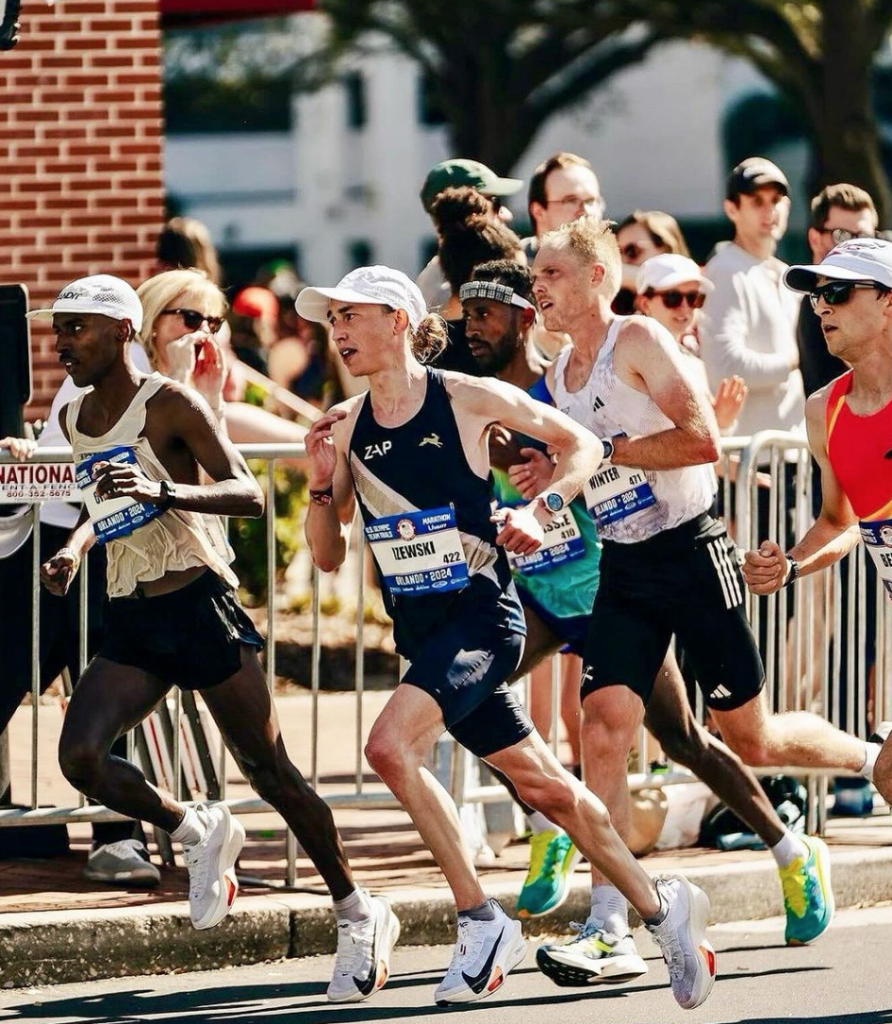Carbo loading is a topic most runners are familiar with. In a 2016 meta analysis in the Journal of Applied Physiology (for all you science nerds out there, JAP is one of the gold standards for exercise science publication), the authors broke down what the research shows on the benefits of a variety of carbo loading strategies. There is a lot of confusion around the specifics of carbo loading. Here we’ll break down those findings along and what they mean for your next marathon.
Carbo Loading Strategy
Carbo loading has been done a number of ways over the years, most commonly in a depletion followed by loading strategy. However, one of the interesting findings of the research is that the depletion part of the equation doesn’t appear to matter. Using this traditional method, a runner would eat a very low-carb diet for 2-3 days before eating a high-carb diet the final few days before the race. The research shows you can eat normally until the final 2-3 days before the race when you begin carbo loading and have the same boost in muscle glycogen storage for race day. One of the best parts about this is, because you’re able to stretch out your carb intake over several days, you can afford to eat normally the 18-24 hours before the race. This helps ensure your stomach handles it well and you’re still getting the benefits from carbo loading.
How Many Carbs?

Regardless of the approach in the few days before carbo loading, the loading strategy is the same. This research advises ingesting 8-12 grams of carbohydrate per kilogram of body weight in the 48-72 hour window prior to the race. For easy math, 1 pound is 2.2kg. And if you do the math on 10g/kg of body weight, it’s a lot. But the results are impressive: doubling the amount of glycogen stored in muscles.
Practice Carbo Loading
With amount of carbohydrate being so high it’s important to practice this before race day. Understanding what type of carbohydrate works well and how it impacts your GI tract is information you want before race morning. You can try it before a long run, or even just as part of your normal training routine. This will give you feedback on whether to adjust the type or amount of food, or whether to dial the amount back. Bumping your glycogen stores doesn’t help much if it requires making extra bathroom stops.
Not For Everyone
As a practical note, you may practice this and find it makes you feel awful. If you haven’t had bonking issues before then there’s nothing to worry about. This is more akin to having flood insurance outside a flood plain. And if you have had fueling problems in your races, you will still get benefits by shifting your diet to more heavily carbohydrates in those final 2-3 days, even if you’re falling short of the 8-12g/kg target. Combine that strategy with a good race day fueling strategy and you can toe the line with confidence.
It’s easy to read an article like this and get tunnel vision. This is a helpful strategy, but it’s not a requirement to run well. It’s not even a requirement to run your best necessarily. It’s simply a tool in the tool belt. One worth exploring, but not one worth losing sleep over. There are other ways to properly fuel for your marathon if this doesn’t work for you.
You can read the article for free here. There is a wonderful graph on page 7 that outlines the strategy mentioned above. But you’ll also find a wealth of information on muscle glycogen replenishment between workouts. Including this bonus tip: ingesting protein along with carbohydrate after a run or workout increases glycogen storage in the skeletal muscle. This is useful from a performance standpoint, but could also be a strategy for lowering blood glucose levels.
Interested in Learning more about ZAP’s 1-on-1 Coaching Services? Click Here.
Looking for a Fully Immersive Running Experience? Click Here to Learn About Our Running Vacations.